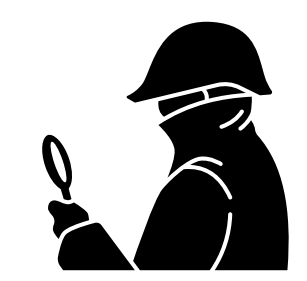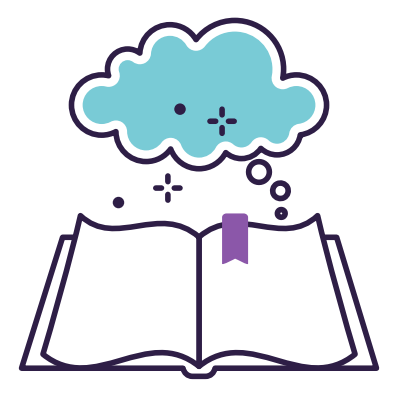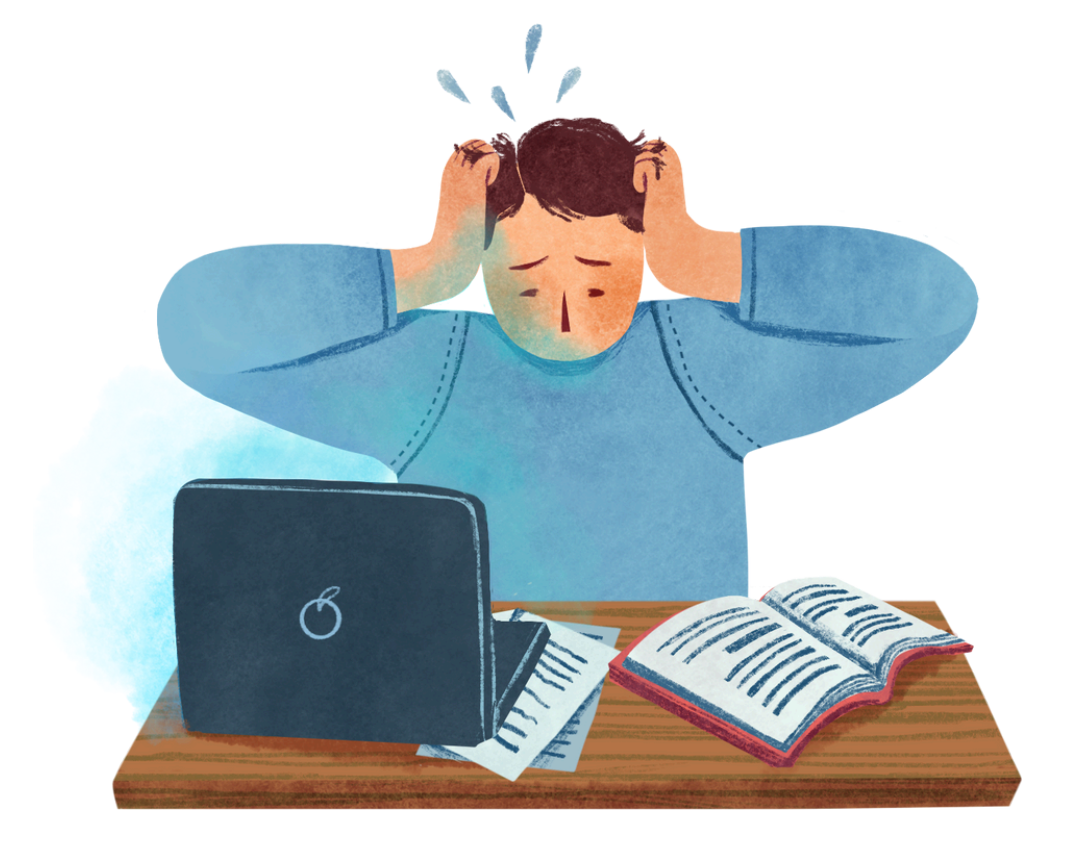Unfamiliar texts often strike fear into the hearts of students—after all, the whole point is that you don’t know what’s coming. But don’t panic! The key is to embrace the unknown and use the tools you already have in your literary toolbox.
It may sound obvious, but careful reading is your best friend. You need to understand what the text is saying before you can analyze how it’s saying it. So read the passage once to get a general understanding. Then, read it a second time, underlining key phrases, unfamiliar words, and anything that seems significant. This helps you get a feel for the text’s tone and themes.

Language features are your go-to analysis tools in unfamiliar texts. Look out for:
Pro Tip: If you’re stuck, remember the acronym FATT: Form, Audience, Tone, and Theme. Identifying these aspects can give you a strong starting point for your analysis.
When writing your answers, use the PEEL structure (Point, Evidence, Explanation, Link):
By sticking to this structure, you’ll ensure your answers are clear, logical, and well-supported.
Whether you studied a classic like The Shawshank Redemption or a modern hit like Jojo Rabbit, analyzing visual texts can be super fun—but it requires a slightly different approach than written texts.

Here’s how to wow the markers:
Before the exam, make sure you know your visual text inside out. Focus on the scenes that had a significant impact on the plot or revealed key themes. Write down the key moments, quotes, and visual techniques used in these scenes.
Just like in written texts, visual texts have their own “language.” Look out for these common visual techniques:
Pro Tip: Be specific. Instead of saying, “The director uses a close-up,” say, “The close-up shot of the protagonist’s tear-streaked face in the final scene emphasizes their vulnerability and the emotional weight of the situation.”
When writing about visual texts, if you’re not familiar with the PEEL structure, you could try using the SEXY paragraph structure (Statement, Example, eXplanation, Your link):
When it comes to written texts, you’ve got an advantage—you’ve had weeks (or months) to get to know the text. Whether you’re analyzing a novel, play, or collection of poetry, this is your chance to shine.

Make sure you have a solid understanding of the major themes, character arcs, and key quotes. In the exam, you’ll likely need to write about these aspects, so having them fresh in your mind will be a lifesaver.
Pro Tip: Create a “cheat sheet” of key quotes and their significance. For example, if you studied Macbeth, remember quotes like “Out, damned spot!” to discuss themes of guilt and madness.
Use the TIE structure (Thesis, Ideas, Evidence):
Don’t be afraid to take a strong stance in your essay. If you have an interpretation of the text that’s a bit different from what you discussed in class, go for it—just make sure you have evidence to back it up.
Markers love original ideas that are well-supported.

English exams are as much about your mental game as they are about your knowledge. Here are some last-minute tips to keep in mind:
Divide your time wisely. If you have three exams to complete, aim to spend about 45-50 minutes on each, leaving a little time at the end for checking over your answers.
This is crucial. It’s easy to start writing what you want to say instead of directly addressing the question. Always refer back to the question using the key words and make sure your points are relevant.
Spelling and grammar may not be the main focus, but clear, error-free writing makes your argument much stronger. Use any extra time at the end to fix any mistakes.
Remember, you’ve prepared for this. Trust in your knowledge and don’t let a tricky question throw you off. If you’re feeling stuck, take a deep breath, re-read the question, and break it down into smaller parts.
NCEA English exams are your chance to showcase your analytical skills and your understanding of the texts you’ve studied. With a bit of preparation, a good structure, and the right mindset, you can turn that mountain into a molehill. So grab your highlighters, hit the books, and get ready to crush it!
Good luck—you’ve got this!